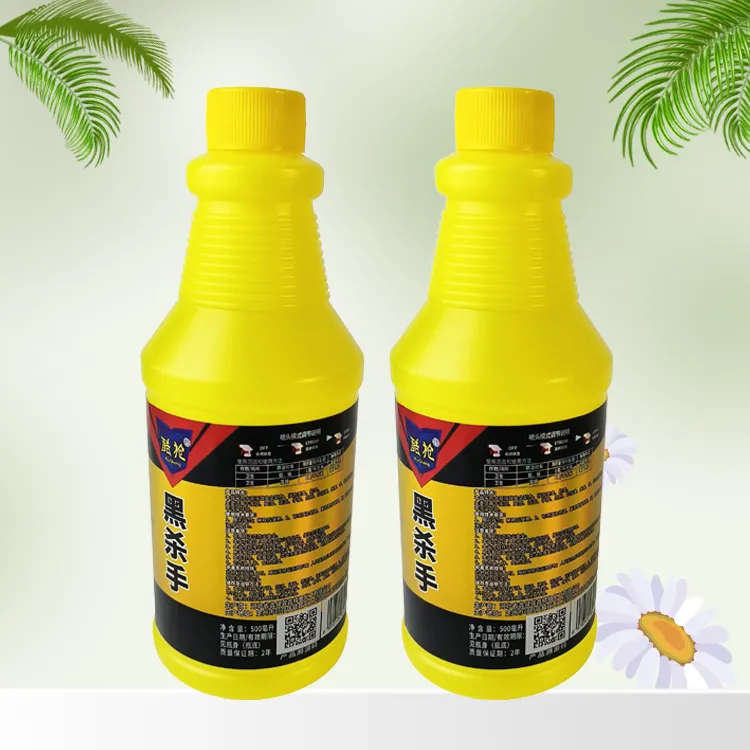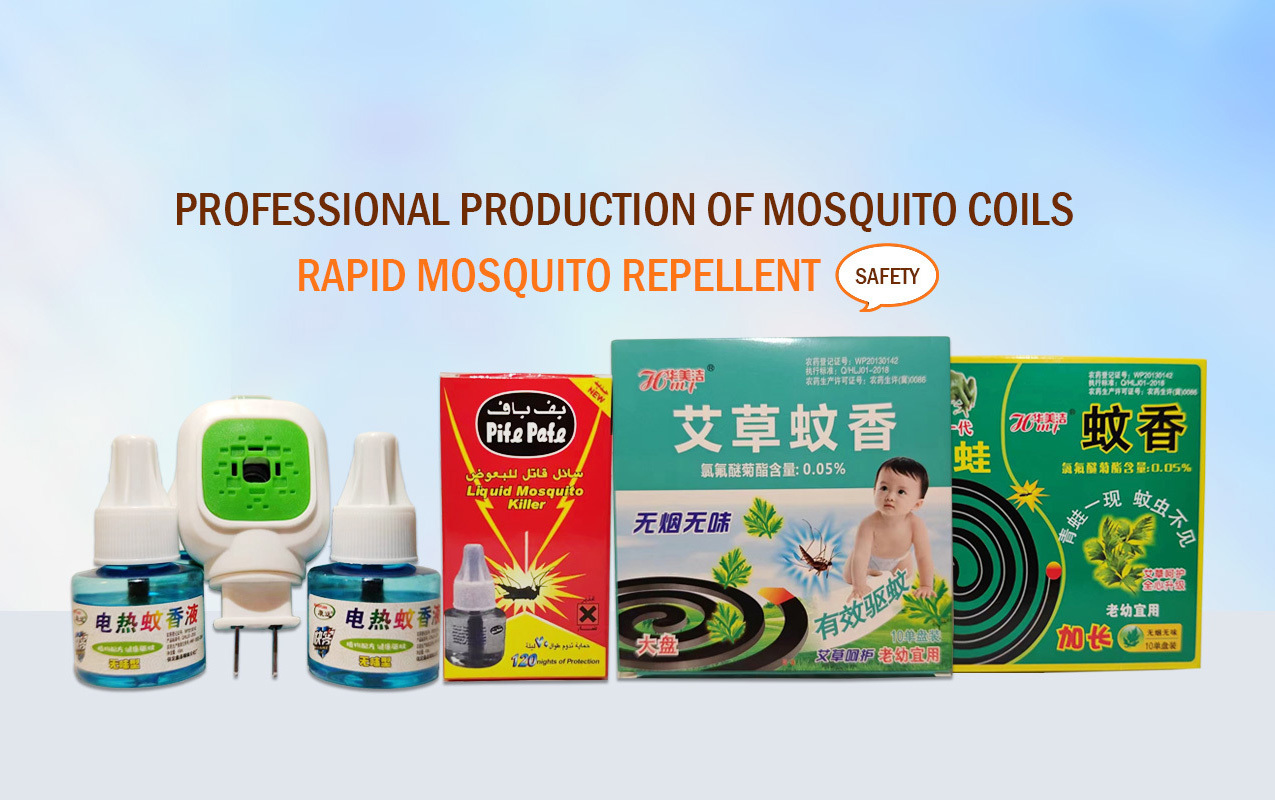Innovations and Applications in Modern Chemical Insecticides
2025-09-17

The management of pest populations remains a critical and complex challenge within agriculture, public health, and forestry. At the core of integrated pest management (IPM) strategies lie chemical insecticides, substances designed to disrupt the life cycle of harmful insects. The efficacy of these products is largely governed by their active ingredient, which determines the mode of action, target species, and environmental persistence.

Specialized manufacturers, such as BDB NSM, develop formulations that go beyond the basic active ingredient. Their research focuses on enhancing product performance through advanced microemulsion technology. This technology improves the solubility and stability of the insecticide, leading to more uniform coverage on plant surfaces and increased residual activity after application. This is crucial for long-term crop protection and reducing the frequency of applications.
The application spectrum for these chemical insecticides is broad. In the agricultural sector, they are deployed to protect a wide range of crops—including cereals, fruits, and vegetables—from damaging pests like aphids, mites, and borers. This protection is vital for safeguarding yield and quality. Beyond agriculture, these products play an indispensable role in public health programs aimed at controlling disease vectors, such as mosquitoes that transmit malaria or dengue fever. Furthermore, they are used in urban and residential settings to manage pests like cockroaches and ants, as well as in forestry to combat invasive insect species that threaten ecosystem health.
A critical aspect of modern insecticide use is the management of insect resistance. Over-reliance on a single class of active ingredient can lead to selection pressure, resulting in pest populations that are no longer susceptible. Manufacturers address this by developing new compound rotations and formulating products with multiple modes of action to slow down this resistance development.
The practical effectiveness of a chemical insecticide is not solely dependent on its toxicity but also on the formulation quality. Factors such as particle size, emulsification properties, and the inclusion of adjuvants significantly influence droplet size, spreadability, and overall residual activity on the target surface. Companies like BDB NSM invest significantly in research and development to optimize these characteristics, ensuring their formulations deliver consistent and reliable control while adhering to evolving regulatory and environmental standards.
In conclusion, the development and strategic application of chemical insecticides represent a sophisticated intersection of chemistry and biology. While they are powerful tools for pest control, their use requires careful consideration of the target organism, environmental impact, and resistance management to ensure their long-term viability and effectiveness.
Recommend News
Contact Us
Leave Us A Message


